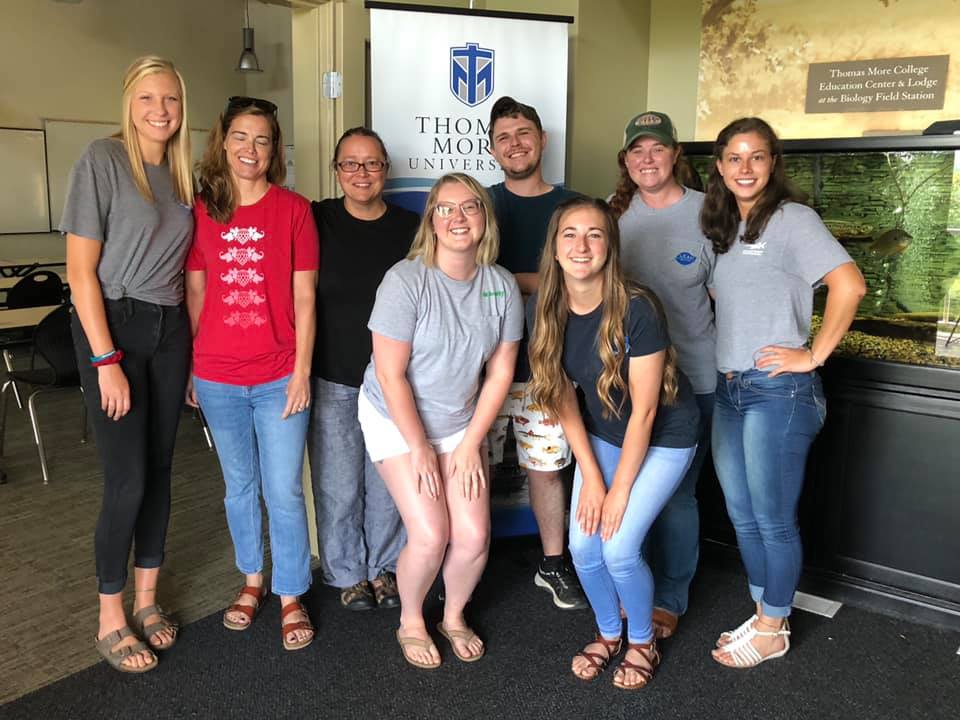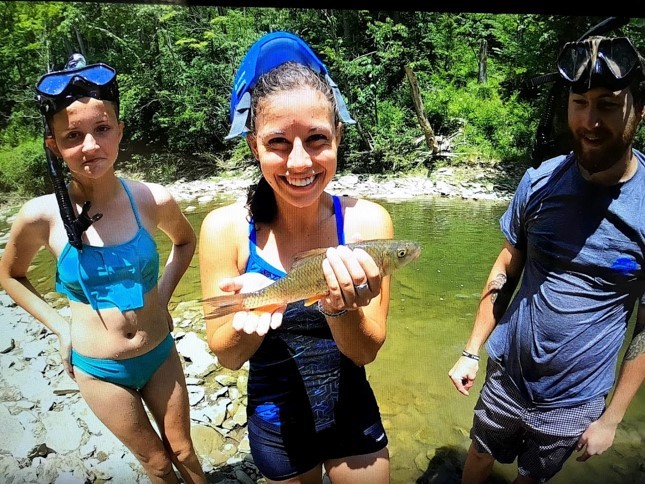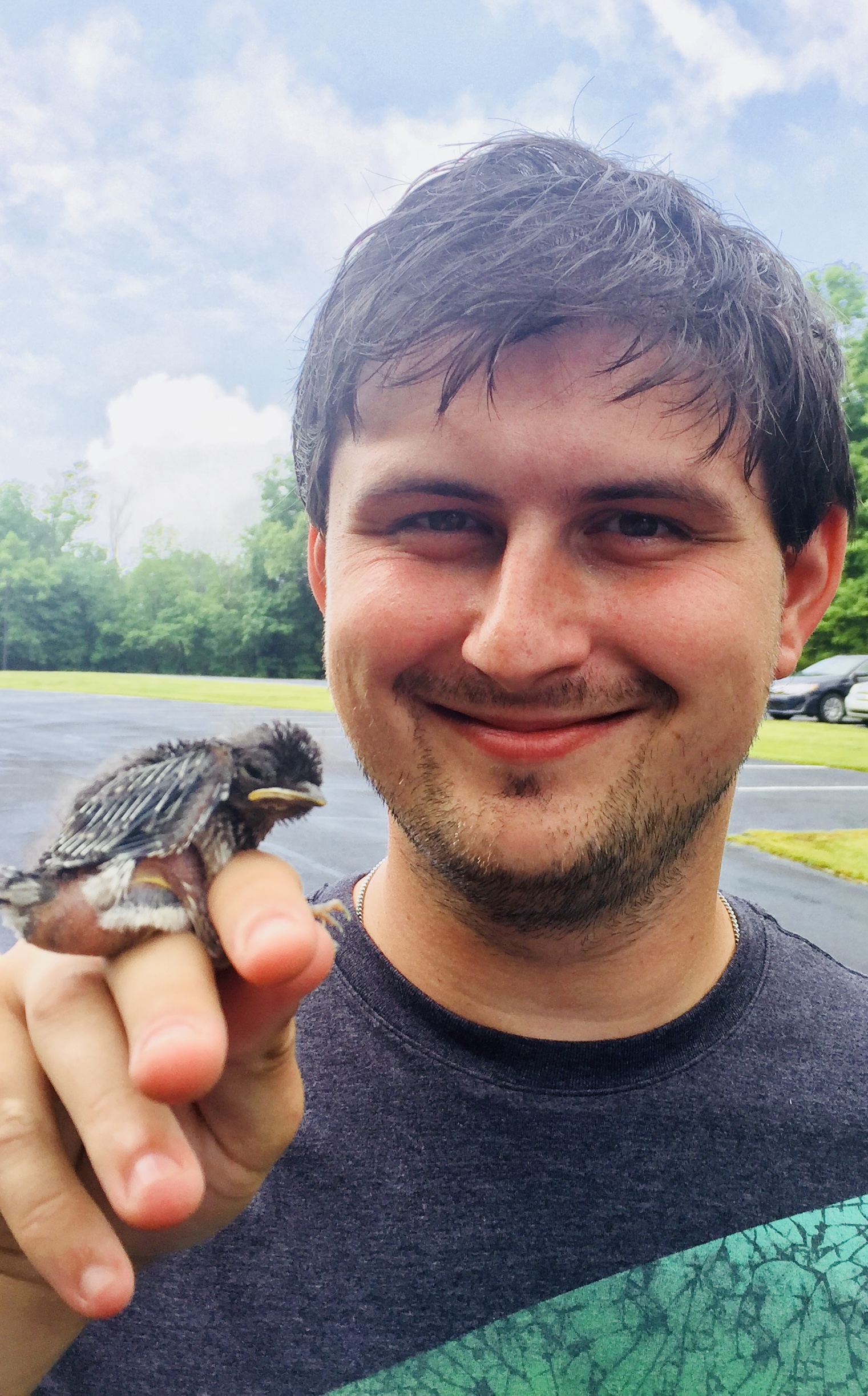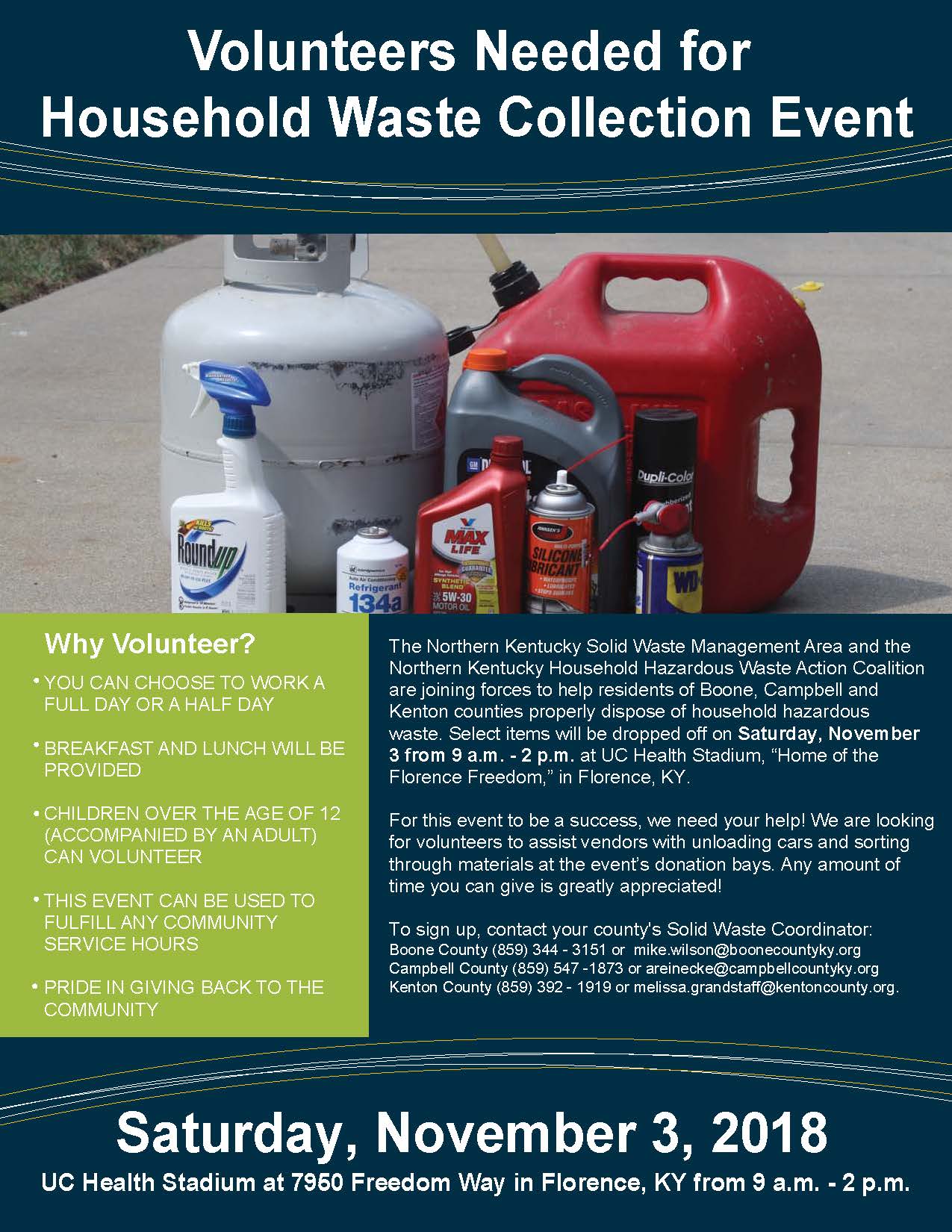Fall is magical. The sky is blue, the sun is bright, the leaves are changing, bonfires are blazing, and the air is cool (although not cold yet). Fall is that special season when school starts again, but when it lets out each day everyone flocks to the outdoors to soak up Mother Nature’s love. At least, that’s how I remember fall being when I was younger. These days, it seems that even as the weather remains comfortable, people are staying inside. Whether it’s to knock out a few levels of a video game or catch up on or binge-watch a TV show, many of our favorite activities are indoors. Fall just doesn’t feel quite as synonymous with the outdoors as it used to. Our modern technological world often seems at odds with spending time outside, as our charging cords only reach so far and our screen brightness just can’t compete with the shine of the sun. However, using a smartphone can help us get acquainted with our local wildlife.
So when you find yourself wrestling with your family members to put down their screens and get outside, you might be asking yourself, “What is so good about getting outside anyway?” Our environment not only provides us with food, raw materials, and medicine, but experiencing nature and its diversity has been found to have positive impacts for us such as improving physical health from increased activity and reducing our exposure to pollution. Spending time in nature can also give us mental health benefits such as feelings of calmness and happiness, increased creativity through inspiration, and personal growth through reflection and connectedness with nature.
With urbanization and the increasing presence of technology in our lives, we can still strengthen our awareness and knowledge of local birds and our connection with nature (and maybe even with some of our neighbors once we get outside) through the use of technology via smartphone apps. Using a smartphone and mobile apps for learning bird species gives you access to pictures, videos, and audio to identify them. I use two apps myself to identify birds, the Merlin Bird ID and Audubon Bird Guide, which are free to download and are available for both Apple and Android phones. Each one generates a list of possible bird species based on the information you enter, and in my own experience using these apps I found that both showed the correct bird species as the #1 suggestion the majority of the time. Even when we might not be all too familiar with the birds and nature we see outside our windows, we can have the technology right at our fingertips to get to know our local wildlife a bit better.
With time spent in nature showing a wealth of positive outcomes towards human life, we might ask ourselves what interactions can lead to a better connection with nature and perhaps how we can incorporate technology into the experience. Studies have shown that communities felt more satisfied with the well-being of their neighborhoods in relation to the number and variety of bird species around, as well as in relation to the number of species they knew. Birdwatching has become a popular leisure activity, and increases in birdwatching have been suggested to be a result of people’s growing concern for the environment and the expansion of urbanization. As our populations shift more towards cities, keeping an eye out for birds flitting by can be an impactful way to remain connected to nature. So remember this fall when you’re asking yourself “How can I get my family outside and experiencing nature?” like the saying goes, there is an app for that.






